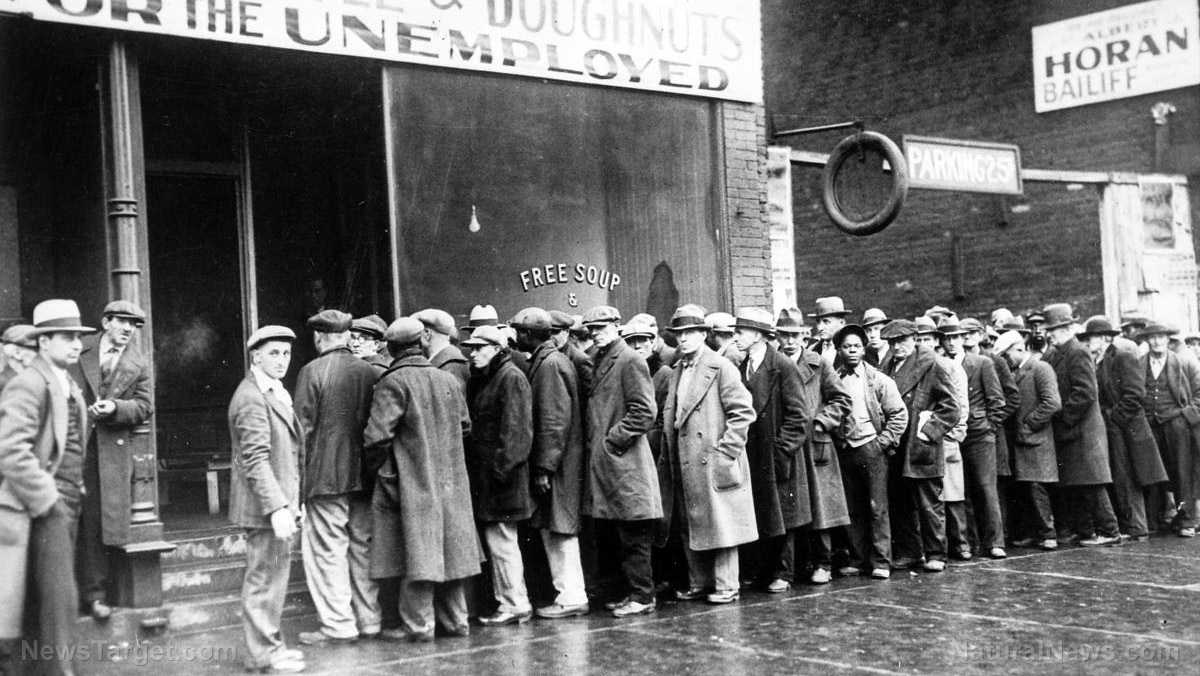Layoffs strike The Economist as coronavirus continues to hit major media companies hard
05/19/2020 / By Isabelle Z.

It may not be too shocking to see sectors like tourism being hit so hard by the coronavirus pandemic, but its effects are being felt even in places you might not expect. It’s also having an effect on major media companies – even at a time when many people have plenty of time for media consumption and are seeking out news more than ever.
In the latest media company cuts, The Economist Group has announced that it is laying off 90 of its 1,300 staff roles. That’s not the only casualty – their bimonthly life and culture print publication, 1843, is going to become digital-only starting with the August-September issue and will be made available to those Economist subscribers with digital access.
The editorial team has been largely unaffected, but the company’s editor in chief, leadership team, board and CEO are all taking voluntary pay cuts. Other impacted areas include events, their marketing communications agency TVC, and their client solutions business.
An official statement from the company said: “We have made the difficult decision to restructure and reduce roles in the parts of our business most affected by covid-19.”
Long list of major media companies making cuts
They join a growing list of major media companies that have had to institute pay cuts and layoffs in recent times, some of which are digitally-native companies.
For example, BuzzFeed recently carried out its third round of coronavirus-related cuts, furloughing 19 staffers around the world as head Jonah Peretti tries to keep losses from exceeding $20 million this year. Talks are also underway to pare back staff on the editorial side of BuzzFeed. Many of the cost savings are being found in the part of the company that is responsible for the listicles and cat videos that have made BuzzFeed so popular.
The latest round came after earlier furloughs of 68 people, while Peretti announced he’d be forgoing pay until the end of the pandemic and put employees on a sliding scale for pay cuts that hit the higher-ups harder.
Financial news site Quartz, meanwhile, has laid off 80 people and closed its physical offices in San Francisco, Washington D.C., London and Hong Kong. The company has shifted to a focus on paid subscriptions rather than advertising revenue, while executives are taking pay cuts.
In mid-April, the CEO of Vox Media announced they would be furloughing 9 percent of their employees, reducing hours for 1 percent of workers, and cutting salaries by 10 percent in addition to slashing the pays of the president and CEO by half.
Meanwhile, at Conde Nast, pay cuts were recently announced of as much as 20 percent for those who earn more than $100,000. This impacts more than half of the workforce for the publisher, who is behind publications like The New Yorker, Vanity Fair, and Vogue.
The New York Times recently reported that around 36,000 workers for news companies across the U.S. have seen furloughs, layoffs or reduced pay in response to the pandemic. Much of the problem is down to a lack of advertisers rather than anything related to demand for news. With so many businesses closing or on pause, the need for ads and the ability to pay them has dropped significantly, cutting off an important source of revenue for many news publications.
The coronavirus outbreak has already crippled our economy significantly, and it’s scary to think just how much worse things could get if we see a second wave of infections after all the stay-at-home orders are lifted. How many more jobs could be lost across all sectors, and what comes next for society if the second round of COVID-19 is worse than the first one?
Sources for this article include:
Tagged Under: BuzzFeed, Collapse, Conde Nast, coronavirus, economy, finances, layoffs, media, news cartels, news companies, pandemic, publishers, risk, The Economist
RECENT NEWS & ARTICLES
COPYRIGHT © 2017 MARKET CRASH NEWS

















